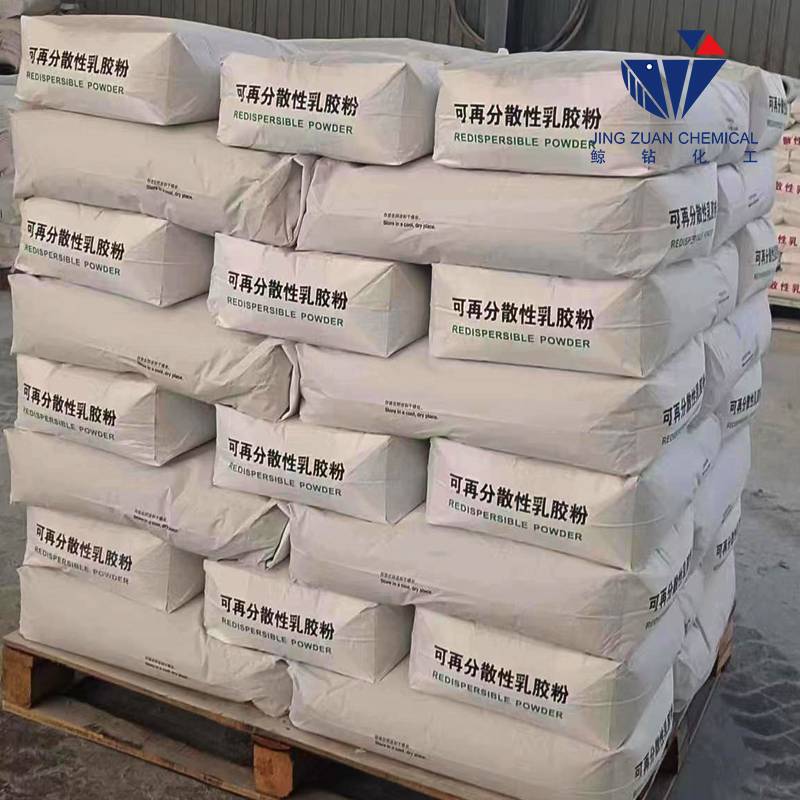
Nov . 22, 2024 09:10 Back to list
construction hpmc
Construction HPMC A Game Changer in Modern Building Materials
In the ever-evolving world of construction, the quest for materials that enhance performance while ensuring sustainability has led to innovative solutions. Hydroxypropyl Methylcellulose (HPMC) has emerged as a pivotal ingredient in various construction applications, providing unique benefits that cater to modern building needs. This article explores HPMC's role in construction, its properties, benefits, and its impact on building sustainability.
Defining HPMC
Hydroxypropyl Methylcellulose is a cellulose-derived polymer that is widely used as a thickener, binder, and film-forming agent. Characterized by its water-soluble nature, HPMC can form stable gels and viscous solutions, making it a valuable additive in many construction materials. Originated from natural cellulose, HPMC is recognized for its non-toxic, odorless, and biodegradable properties, aligning with the growing emphasis on sustainable materials in the construction industry.
Key Properties of HPMC
HPMC boasts several properties that make it especially useful in construction
1. Improved Workability HPMC significantly enhances the workability of cementitious and gypsum-based mixtures. Its rheological properties allow for easier handling and application of materials, making it particularly advantageous in plastering and tiling.
2. Water Retention One of HPMC's standout features is its ability to retain water. This property is crucial in construction, as it ensures that the mixtures remain workable and prevents premature drying. Enhanced water retention leads to better hydration of cement, resulting in stronger bonds and improved durability.
3. Adhesion HPMC improves the adhesion of various construction materials, from tile adhesives to plaster. This enhanced bonding capability is vital for ensuring long-lasting applications and reducing the risk of delamination and failure.
construction hpmc

4. Versatility HPMC can be customized with varying degrees of substitution and molecular weight, allowing manufacturers to tailor its properties to specific applications. This versatility makes it suitable for a wide range of products, including mortars, tile adhesives, and renderings.
Benefits of HPMC in Construction
Incorporating HPMC into construction materials offers numerous advantages
1. Enhanced Strength and Durability The use of HPMC in construction mixtures leads to improved compressive strength and overall durability. This ensures that structures can withstand environmental stresses and maintain their integrity over time.
2. Eco-Friendliness As a natural polymer, HPMC meets the increasing demand for environmentally friendly construction materials. Its biodegradability and non-toxic nature make it an attractive option for sustainable building practices.
3. Cost-Effectiveness While the initial investment in HPMC may be slightly higher than that of traditional additives, the long-term benefits—increased durability and reduced maintenance costs—make it a cost-effective choice for contractors and builders.
4. Improved Aesthetics HPMC allows for smoother finishes and improved surface quality. This not only enhances the appearance of buildings but also contributes to better performance in terms of wear and tear.
Conclusion
The integration of Hydroxypropyl Methylcellulose in construction materials marks a significant advancement in building technology. Its exceptional properties, including water retention, adhesion, and improved workability, make it a vital component in modern construction practices. As the industry increasingly focuses on sustainability, the eco-friendly attributes of HPMC ensure that it will continue to play a crucial role in the development of innovative, high-performance construction materials. By embracing such technologies, the construction sector can not only improve its practices but also move towards a more sustainable future, building structures that stand the test of time while minimizing environmental impact.
-
Versatile Hpmc Uses in Different Industries
NewsJun.19,2025
-
Redispersible Powder's Role in Enhancing Durability of Construction Products
NewsJun.19,2025
-
Hydroxyethyl Cellulose Applications Driving Green Industrial Processes
NewsJun.19,2025
-
Exploring Different Redispersible Polymer Powder
NewsJun.19,2025
-
Choosing the Right Mortar Bonding Agent
NewsJun.19,2025
-
Applications and Significance of China Hpmc in Modern Industries
NewsJun.19,2025







